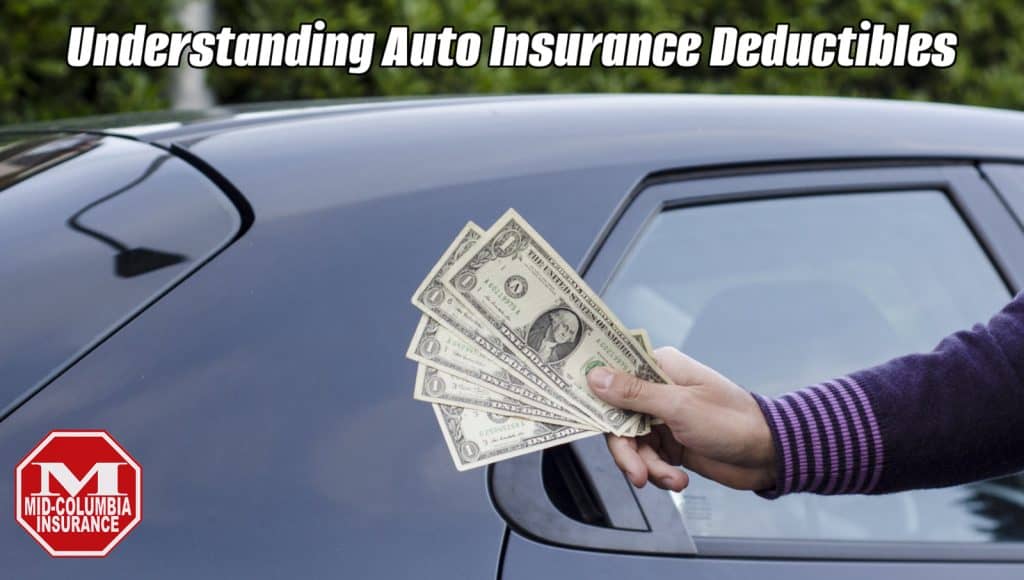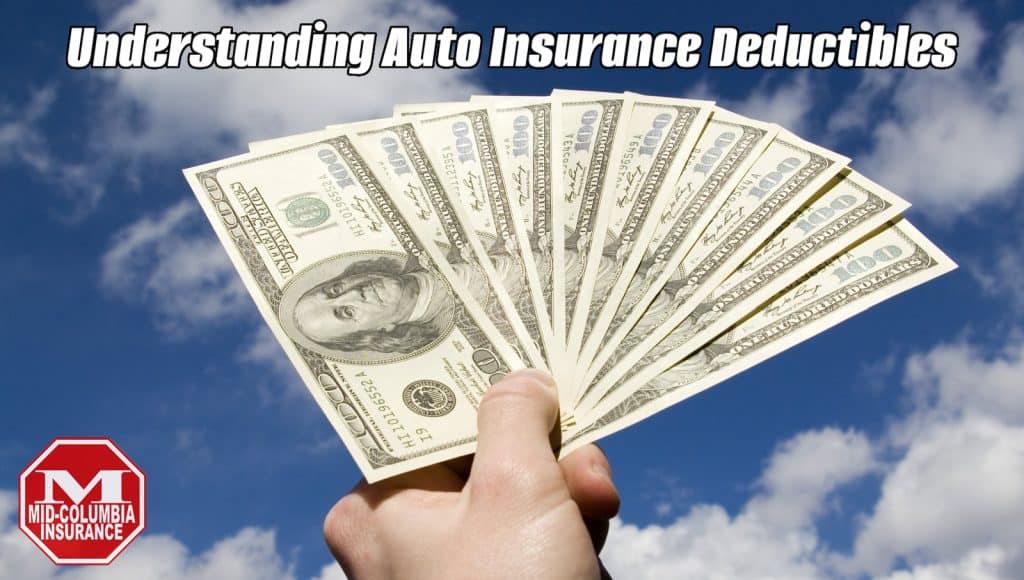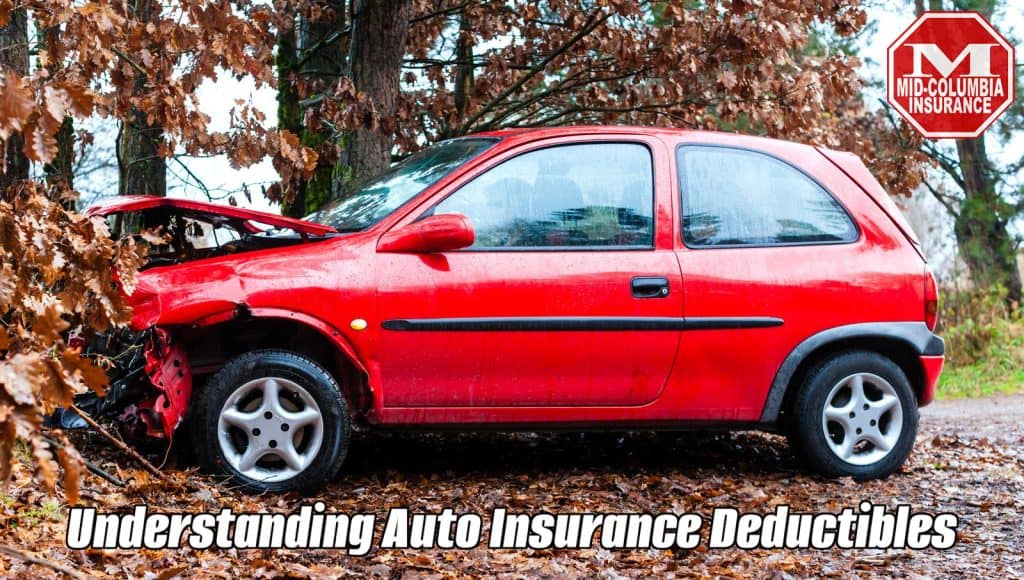
A deductible is the amount of money you agree to pay out of pocket before your insurance coverage kicks in when you file a claim. As a car owner, it’s essential to understand the various aspects of your auto insurance policy, including deductibles. In this article, we’ll delve into the details of auto insurance deductibles and how they impact your overall insurance experience.
What is an Auto Insurance Deductible?
An auto insurance deductible is a fixed amount or percentage that you, the policyholder, agree to pay when you file a claim for covered damages or losses. Deductibles are a form of risk-sharing between you and your insurance company. By agreeing to pay a portion of the claim, you are taking on some of the financial responsibility for your vehicle’s repairs or replacement.
How Do Auto Insurance Deductibles Work?
When you purchase an auto insurance policy, you choose a deductible amount for each type of coverage, such as collision and comprehensive. For example, if you have a $500 deductible and you file a claim for $2,000 in repairs, you will pay $500, and your insurance company will cover the remaining $1,500.
It’s important to note that deductibles apply each time you file a claim. If you have two separate accidents in a year, you’ll have to pay your deductible for each claim.

Types of Auto Insurance Deductibles
There are several types of auto insurance deductibles, including:
- Fixed Deductible: A specific dollar amount, such as $500 or $1,000.
- Percentage Deductible: A percentage of the vehicle’s value, typically ranging from 1% to 10%.
- Split Deductible: Different deductible amounts for collision and comprehensive coverage.
- Vanishing Deductible: A program where your deductible decreases over time for each claim-free year.
Factors to Consider When Choosing a Deductible
When selecting your auto insurance deductible, consider the following factors:
- Your budget: Higher deductibles generally mean lower premiums, but you’ll pay more out of pocket when filing a claim.
- Your savings: Ensure you have enough savings to cover your deductible in case of an accident.
- Your vehicle’s value: If you have an older, lower-value vehicle, a high deductible may not make sense if the deductible is close to the car’s value.
- Your risk tolerance: If you’re comfortable with more financial responsibility, a higher deductible might be a good choice.
Collision vs. Comprehensive Deductibles
Collision coverage pays for damages to your vehicle resulting from a collision with another vehicle or object. Comprehensive coverage pays for damages caused by non-collision events, such as theft, vandalism, or natural disasters.
You can choose different deductible amounts for each coverage. For example, you might have a $500 comprehensive deductible and a $1,000 collision deductible.

Deductible Waivers and Reductions
Some auto insurance policies offer deductible waivers or reductions in certain situations. For example:
- Waived Deductible: Your deductible might be waived if you’re not at fault in an accident and the other driver’s insurance covers the damages.
- Glass Deductible: Some policies have a separate, lower deductible for glass damage, such as a cracked windshield.
- Vanishing Deductible: Certain insurers offer programs that reduce your deductible for each claim-free year, potentially reaching a $0 deductible.
The Impact of Deductibles on Your Premium
Generally, there is an inverse relationship between your deductible and your insurance premium. Higher deductibles often result in lower monthly payments, as you’re taking on more financial responsibility when filing a claim. Conversely, lower deductibles typically mean higher premiums, as the insurance company is bearing more of the financial risk.
Choosing the Right Deductible for You
Ultimately, selecting the right auto insurance deductible depends on your individual needs, budget, and risk tolerance. Consider your financial situation, the value of your vehicle, and your comfort level with out-of-pocket expenses.
It’s also a good idea to review your auto insurance policy annually to ensure your deductibles still align with your current circumstances. As your vehicle ages or your financial situation changes, you may want to adjust your deductibles accordingly.
Conclusion
Understanding auto insurance deductibles is crucial for making informed decisions about your coverage. By considering factors such as your budget, vehicle value, and risk tolerance, you can choose the deductible that best suits your needs. Remember, while higher deductibles may lead to lower premiums, you’ll be responsible for paying more out of pocket when filing a claim. Regularly review your policy and deductibles to ensure they continue to meet your needs and provide adequate protection for your vehicle.
Mid-Columbia Insurance – Your Trusted Insurance Agent
Call (509)783-5600 and speak to one of our independent insurance agent professionals today, or click “Get a Quote” to request an insurance quote.
